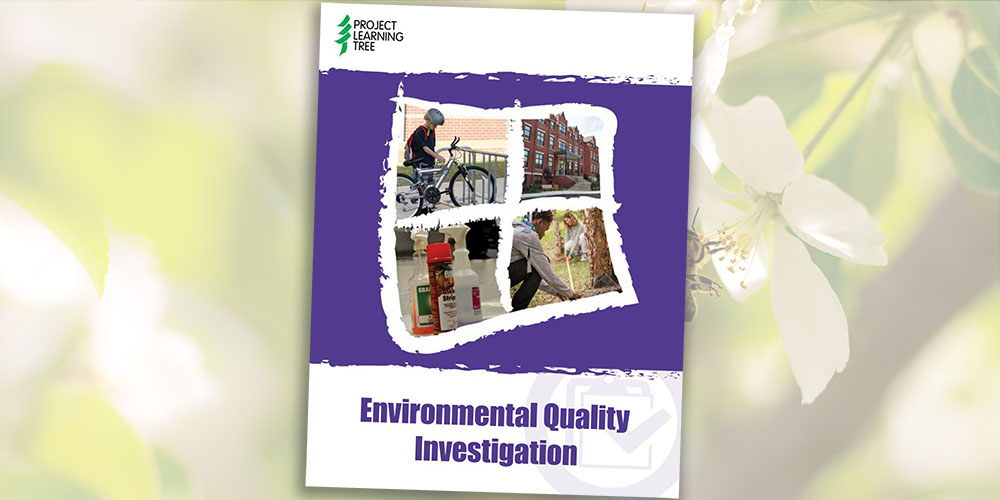Researching Forests Around the World
In this activity, students will explore their connections to the world’s forests by researching a forest in another country or region and by creating a profile about that forest.
This is one of 9 activities that can be found in PLT’s Exploring Environmental Issues: Forests of the World module. To get the activity, attend a training and receive PLT’s Forests of the World secondary module. Below are some supporting resources for this activity.
Chocolate: Sweet Science & Dark Secrets of the World’s Favorite Treat
Chocolate: Sweet Science & Dark Secrets of the World’s Favorite Treat Grades 6-8 ISBN-13: 9780544175662 Houghton Mifflin Harcourt, 2015 Recommended Reading For thousands of years, chocolate has been used as a comfort, a treat, a cure, a currency, and even a sacred symbol. Explore the social, economic, and environmental angles of chocolate production with... Read more »
EE Resources
The Power of Trees
For a quick estimate of how trees in your area offset carbon emissions, reduce flood risks, and improve air quality, check out this Power of Trees tool developed by Climate Central. Choose your city from the dropdown menu to quantify the benefits of trees in terms of number of tons of CO2 equivalent removed; number of gallons... Read more »
Interactive Map Shows World’s Changing Forest
Curious about how forest cover has changed during the past several years in your area- or beyond? This interactive online map allows you to see forest loss around the world. Researchers found that the dynamics of forests in the south-east United States are unique. As a result of an intense cycle of tree planting and... Read more »
Canopy in the Clouds
This website provides an immersive video experience that presents an up-close look at a tropical montane cloud forest. Visitors click on numbered links to access video clips and background information for teachers and information for grades 6-8 on topics such as water, weather, soils, ecology, and the science processes. Canopy in the Clouds is also... Read more »
FAO’s Global Forest Resources Assessment
The Food and Agriculture Organization of the United Nations (FAO) has monitored the world’s forests at 5 to 10 year intervals since 1946. The State of the World’s Forests 2020–Forests, Biodiversity and People, examines the contributions of forests, and of the people who use and manage them, to the conservation and sustainable use of biodiversity. For... Read more »
Sample Lesson Plan Presentation
Use this Lesson Plan Presentation as an example.
Easy Chart
A free app that can be downloaded onto Apple devices. This is a good tool for teachers and classrooms. Easily create bar, line and pie charts that you can customize, save and e-mail or upload. The charts you create can be saved using multiple color schemes and in multiple sizes. The app also works without... Read more »
EnviroAtlas
EPA’s new EnviroAtlas tool is designed to help communities and researchers make informed planning and policy decisions related to the environment and ecosystems. EnviroAtlas provides datasets and interactive tools to allow users to explore the many benefits people receive from nature, often referred to as ecosystem services. EnviroAtlas includes over 300 data layers, letting users... Read more »
Global Forest Watch
Global Forest Watch (GFW) is an interactive online forest monitoring and alert system designed to better visualize forest change across the globe. Developed by the World Resources Institute and partners, Global Forest Watch monitors forests across the world in near real time to show where trees are growing and disappearing. The system provides contextual data that fleshes... Read more »
Bears of the World: Interactive Range Map
Blue Raster and Bear Trust International’s interactive world map shows students and educators in grades 9-12 where eight different species of wild bears live. The map includes photos and facts on American and Asiatic black bears, brown bears, giant pandas, polar bears, sloth bears, and sun bears.
Login to download supporting materials such as appendices and teaching tips.
Login
 Get this Guide
Get this Guide
 Find Training
Find Training





